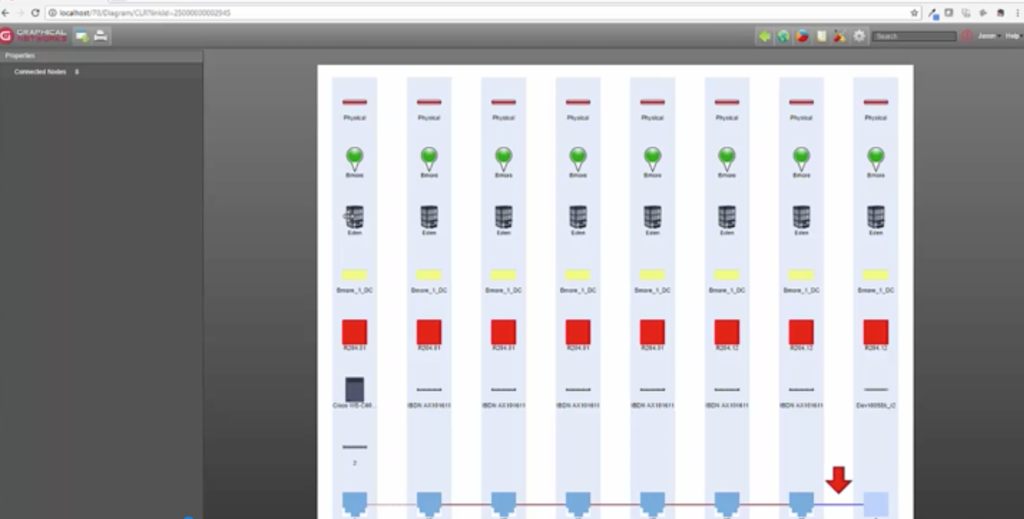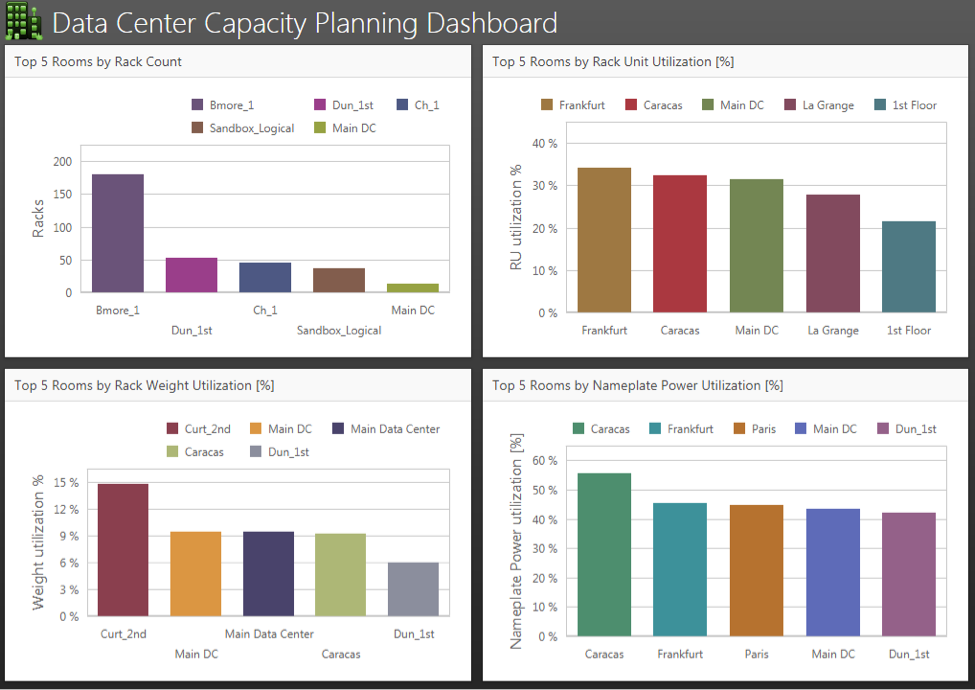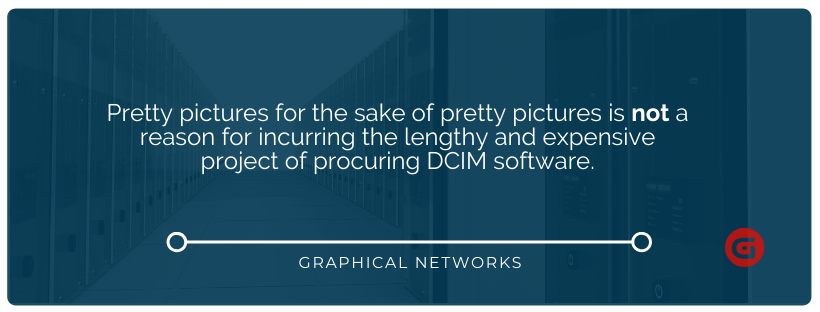
I must say that we are quite proud of our customers as they really are a smart bunch.
Now, I’m not just saying this just because they happened to choose netTerrain for their Data Center Infrastructure monitoring. That is far too easy for me to say being a (biased)vendor.
I truly think our customers are some of the smartest people in the industry because they have truly helped us improve our software with a myriad of feature requests and quite frankly, I don’t recall a single request that didn’t make sense in some way or another.
Having said that, throughout the years we have seen a vast array of RFPs for DCIM software, as well as for requests of all sorts. I thought it would be interesting to compile a list of things I think are not reasons to purchase a specific software package. I take no punches here, so I suggest you take it with a grain of salt and maybe a bit of humor.
“I need to get with the program”
Many prospective netTerrain customers reach out because they feel like they are running on outdated or simple software to manage their Data Centers and that it’s an impossible task. This makes sense: if you are a medium or large-sized organization I am not sure how you can properly design, plan and troubleshoot your Data Center with Visio and Excel. A DCIM software package is probably the way to go.
 Faced with an outage? Easily view the connectivity of the starting point of a device or port with a Circuit Layout Record.
Faced with an outage? Easily view the connectivity of the starting point of a device or port with a Circuit Layout Record.
However, smaller organizations may have that “me-too” urge and want access to the benefits of modern IT visualization — which can be a double-edged sword.
“I like the pretty pictures and 3D views”
Sure thing, Mr./Ms. Customer…would you also like to try some of our sprinkled mirrors served up with that order of DCIM?
Seriously though, we see this scenario quite often: prospective netTerrain customers feel the shortcomings of Excel or their home-grown database because of the lack of data center diagrams. This can be a reason for exploring DCIM software, but it should never be the sole reason. Pretty pictures for the sake of pretty pictures is not a reason for incurring the lengthy and expensive project of procuring DCIM software.
What is a valid reason for DCIM software?
A lack of diagrams is leading to real problems — and these problems are, in turn, costing you time and money. Ouch.
For instance, the lack of diagrams may lead to the incorrect provisioning of equipment on remote sites, which leads to wasted time by contractors. Or maybe the lack of diagrams leads to poor capacity planning which in turn leads to wasted money on servers or network devices that are not needed. These are the actual reasons.
 Wasting money on servers and devices? Capacity planning diagrams and reporting can help you solve the problem.
Wasting money on servers and devices? Capacity planning diagrams and reporting can help you solve the problem.
The lack of diagrams is not the root problem: the problem is running mission-critical business operations in an ever-increasing, living, breathing IT ecosystem without anyway to turn the lights on and take a look around.
Diagrams are just a feature that can help you overcome the underlying issues causing you pain. You may think this is obvious, but here are customers that are looking around yet don’t feel the pain of bad capacity planning or defective provisioning.
This point brings me back to why pretty pictures should never be a key selling point for DCIM software. It’s a common trap to look into DCIM software after being enchanted by those oh-so-beautiful 3D views at a tradeshow or seeing a webcast…aside from the fact that. In most cases, they are not actual 3D views (just extrapolated 2D renderings), unless you are doing computational fluid dynamics to save a ton of money in data center design, 3D views are flat out useless. Worse yet, they provide no actionable insights, lengthen the modeling process, bog down the system and just end up being a hindrance.
Bottomline? If you want to know the don’t’s of DCIM software, the first rule to always follow, above all else, is this: don’t buy DCIM if you don’t really need it. How do you know if you really need it? You have real problems, or pain, you need to solve and DCIM is a tool you can use to help you get to the bottom of what’s causing the pain and make changes.
